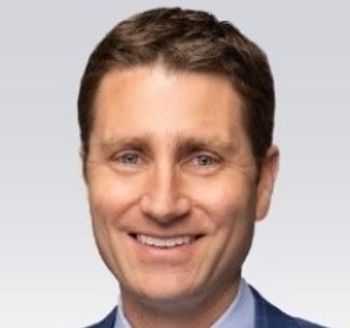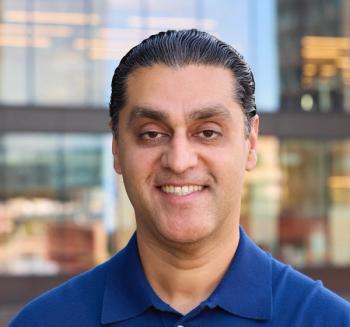
How Analytics Enable Pharma to Find Trial Subjects
Analytics might be able to help defeat the so-called “Lasagna Law" of diminishing study subject availability.
According to Louis Lasagna, the “father of clinical pharmacology,” patient availability for a clinical trial decreases sharply at the onset and increases the second that trial ends. But data analytics might be able to help defeat the so-called “Lasagna Law.”
Speaking at the
Traditional means of assembling a participant base are not always reliable. Before the rise of analytics and real-world data, research teams often asked networks of investigator sites how many patients in the region they thought they could recruit, but Ouazzani said those estimates were almost always overstated.
Geography is a big factor. Patients eligible for a clinical trial are not distributed evenly, he said. By running analyses with local search terms via Google Insights and comparing them to investigator recruitment statistics, Ouazzani’s team can map “hotspots” of relevant patients. In 1 Canadian study of type 2 diabetes, they found that 80% of the highest-performing investigator sites matched up with the hotspots.
Another effective method of recruitment uses electronic medical record (EMR) data. Ouazzani and his colleagues procured a data locker of 45 million EMRs from a company. Through specific analytics processes, they identified 13,000 patients who might have been eligible for a liver fibrosis study. From those 13,000, they homed in on 20 providers likely to give them the most relevant patients.
Ouazzani thought they’d be able to easily request access to those 20 providers, but he was surprised that privacy policies forbid that. Without saying specifically how, he said they got that information through a third-party firm without “breaching any patient confidentiality.”
Companies are also capable of re-identifying patients, often using insurance claims data. Of 310 patients who had been flagged to specific sites using the EMR data, 99% were re-identified using such information, allowing Ouazzani’s group to attempt to recruit them for trials via direct mail or telephone calls.
The combination of EMR and claims data and novel tools like Google Insights are giving pharmaceutical companies impressive specificity for finding patients for clinical trials.
Still, Ouazzani said, it is all just “the tip of the iceberg” as more real-world data from more sources become available. If such growth continues as it has, pharma will “put an end to that Lasagna Law for good,” he added.





























































































